- Pigeon Repellent Guide
- The Ultimate Guide to Bird Spikes
- The ultimate Guide on How to get rid of fruit flies
- Guide On How To Get Rid Of Flies Inside Your House
- How does steel wool for mice help safeguard your spaces?
- Everything you need to know about the mosquitoes | How to prevent them
- Which company is best for pest control ? How To Decide?
- What is rodent proofing and why do you need rodent proofing?
- Ultimate Guide to Get Rid Of Flying Insects UK
- Comprehensive Guide to Using Steel Wool for Mice Control
Where can I buy humane mouse traps?| Humane mouse & rat traps
On July 7, 2022
Comments Off on Where can I buy humane mouse traps?| Humane mouse & rat traps
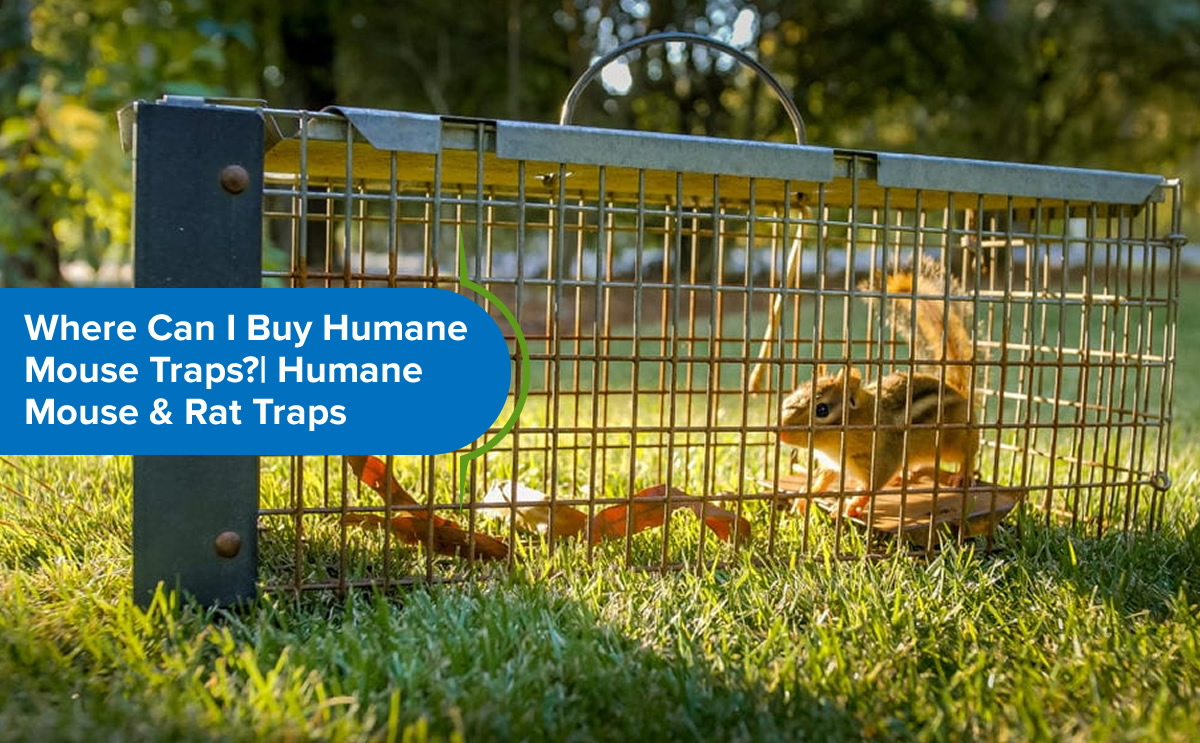
Where can I buy humane mouse traps?| Humane mouse & rat traps
How do mice and rats enter our homes or properties?
Rats are annoying inevitable guests that are very opportunistic animals. Once they enter your home or property, it isn’t easy to get rid of them. It is not to mention that they can cause extreme damage. And not only do they thrive in unhygienic spaces and prefer dirt, but this also makes your property potential for all kinds of diseases and illnesses.
If you want to ensure that your property is safe from rats, check the following entry points and seal them-
- Cracks in the walls– Look out for cracks in the exterior structure of your house. You can seal little holes with caulk and use steel wool to block the bigger entry points.
- Open ventilators– Most vents have an opening big enough for a rat to enter your home and infest it. Seal the gaps or openings around the vents. You can also cover it with metal screening to further ensure security.
- Holes and gaps in the roof– Roofs are generally one of the best paths for rats to enter your house. The design of the roof allows the gaps in the area of intersection. If there is any ridge cap, they can easily chew it and infiltrate.
- Chimney of the house– Chimneys single-handedly provide food and warmth for rats. That is the reason rats are attracted to chimneys. Once in a while, you should clean your chimney with the help of a professional and install a chimney grate.
Signs of Rats in Your House
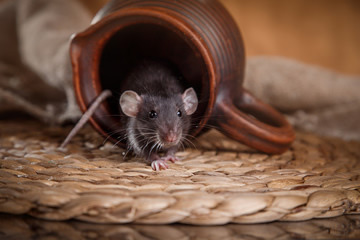
Rat nest– There is no particular area for rats to make the nest, and they do not search for any particular material to build their nest. They build it from your house’s existing material, destroying your property like furniture, cardboard, and papers. Usually, their nest is found in isolated dark places. You can also notice the holes and bite marks on the walls for their presence.
Rat droppings– It is easy to identify rat dropping; it is of dark brown-black color. Their urines are yellow and have a very pungent smell. The rat droppings not only indicate their presence but also warns you to beware of the diseases they can cause.
Rats gnaw marks– In searching for food and shelter, rats have a habit of scratching and inspecting every object because they have weak eyesight. These marks show their persistent effort to infest your house. The gnaw marks also tell you about the age and size of the rats. The bigger the scratch marks, the bigger the size of the rat will be.
Rat grease marks– Rats are grease animals, and often their fur is covered in the grease. While making their way into your home or searching for food, they blindly come in contact with the random object and leave the grease marks there. You can recognize their grease marks by their dark yellow color. It often shows the path of their nest.
Foul odors of rats– As mentioned above, rats thrive on the dirt and like to stay unhygienic. Because of their filthy characteristics, there is always a distinct foul odor that indicates their presence. Check in the cupboards and attics; if you smell anything pungent, be ready to face some unwelcome guests. In this case, also rely on the nose and behavior of your pets.
Noises– At night, while there is silence in the house, if you hear a scratching noise, it is a tell-tale sign of the rats. The rats produce these scratching noises while they are scurrying to find food. Once you are sure of the scratching noise, go for further signs and take significant measures to get rid of rats.
What kind of damage do they cause?
Rats and mice are destructive, and because they are very opportunistic animals, they destroy everything that comes their way. They can damage your property by physically gnawing on things, making scratch marks on valuable things, littering on precious documents, and building their nest from valuable materials. Further, they can cause the following harm-
Structural damage
- For building a nest, they chew on clothes, books, wood structures, etc.
- They chew and damage the insulation around the wires. It can also cause electric fire and become a life-threatening situation.
- At night while scurrying, they can cause damage to the valuable sovereign or family heirlooms like paintings, frames, etc.
- They also damage the beautiful structure of your home by making holes and enlarging the cracks.
Food Items
- Rats and mice are omnivorous animals, which means they can feed on any consumable item. They also have a strong digestive system which supports their survival.
- Do not put your food item in cardboard packets because they can easily access the food and use the cardboard for nest building.
- Even if they did not manage to get food, there is a chance that they might spread potential diseases by leaving their droppings and urine. Any fecal material discharged from their body is highly contagious and lethal.
- Rats also act as a pest to your garden plants. They can damage those plants and crops before the harvest.
Preventive measures for rats and mice
Seal your home
Seal up all the holes and cracks from the exterior of your home and property. Use rodent-proof materials and carefully inspect your house’s roofs, doors, windows, and vents.
Create a barrier
You don’t need a big wall to create a barrier; you can make a wall two to three feet high that will prevent the entry of rats.
Cleanliness is key to safety.
Rats and rodents attract the food scattered in and around your home. Make it a habit to always finish up food and clean that place. Also, use an air-tight container to store food items.
Plant mint
The smell of fresh mint repels rodents. Plant mint outside your house; you can mark them as a boundary of your property. And this might serve as a defense mechanism. Use peppermint oil inside of your house for double protection.
What are the common methods used to get rid of mice/rats?
Mostly the common methods are naturally homemade. These methods are safe for both children and pets. They might not always be 100% effective, but they are quite useful, and one can save a lot of money by using household products.
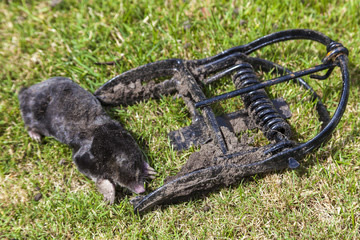

Essential Oils
Oils such as peppermint, lemon, and eucalyptus are highly beneficial in repelling rodents. Not only rodents, but they also keep away all the other kinds of pests.
Rat Poison
Rat poison is a highly effective product for getting rid of rats or rodents. There is just one problem with it; it can be dangerous for children and pets. And you shouldn’t perform that action on your own. Beware of toxicity before applying it.
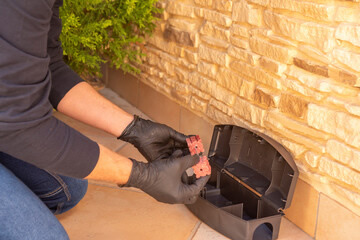

Onions and Garlic
The smell of onion and garlic drives the rats away and keeps them at bay. Put these onions and garlic at the entrance of small holes and other potential entry points. Remember to replace them.
A mixture of Plaster of Paris and Cocoa Powder
You can use the mixture of plaster of Paris and cocoa powder. Cocoa powder lures the rats, and the plaster of Paris mixed in it dehydrates them. This damages the digestive function of the rats.
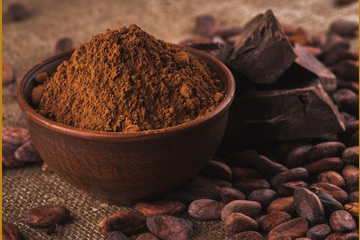
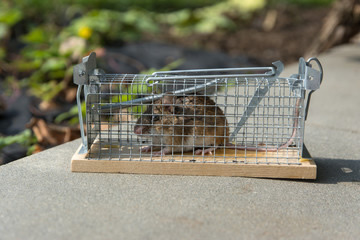
Humane rat trap
Humane traps are the method to catch the rats/mice alive. It is built not just to catch them but also to kill them. When the rat steps on this bait, the mechanism works itself and traps the mice in it. Once the rat is trapped, it can be easily killed or eliminated. The best part about this method is that it is reusable. Once the rat is disposed of, it can be used repetitively.
Why should we use humane methods to get rid of mice/rats?
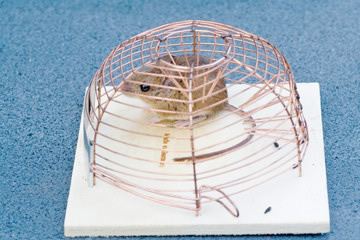
No poisons– Humane traps do not use toxins, making them safe for children and pets. Also, rats and other rodents generally do not intake the poison easily. Sometimes it can take up to a week to kill the rat. This method is simple and effective.
Secondary poison– This method works as the secondary poison, which means only the targeted animal is killed and affected. The trap’s bait attracts the rats, and they come for it repeatedly. They easily get trapped by their hunger.
Immediate impact– This method delivers an immediate and fierce impact on the rat or the target pest. It causes them instant death that has no suffering in it. This also makes it time-efficient and smart technology.
Created for victory– This humane trap has an intelligent design that can be easily set by using cheese or butter or, in fact, any consumable item. This is also productive and cost-efficient. This trap is a smart choice because of its smart design.
Use Humane Reusable Rat Rodent Control Live Catch Mouse Trap
To get effectively rid of rats and mice, use our product. Our humane mouse trap is a humane & Safe way to solve rodent problems. It has clear plastic for easy monitoring. With ventilation holes, the tunnel Trap design is ideal for home/kitchen usage as it’s Child & Pet safe. No snap trap kill mechanism, very safe for families & households with pets.
Easy to Set Up
- Our humane mouse and rat traps come with a safe triple lock. Simply pull the spring lock towards the left to set up the bait.
- Above the spring lock, there is a black-colored auto lock door. Rotate this auto lock door upwards as given in the image.
- The next step is to keep the bait of your choice. Hold and press the bail case buttons and pull back.
- Place the food bait on the bait station. Your catch-and-release trap is all set for some action.
Buy our Humane Reusable Rat Trap here!
Call us now!
Our team of experts will lead to the right decision despite your situation. Leave the problem to us and see the results. Get in touch with us to instantly get rid of mice and rats.
